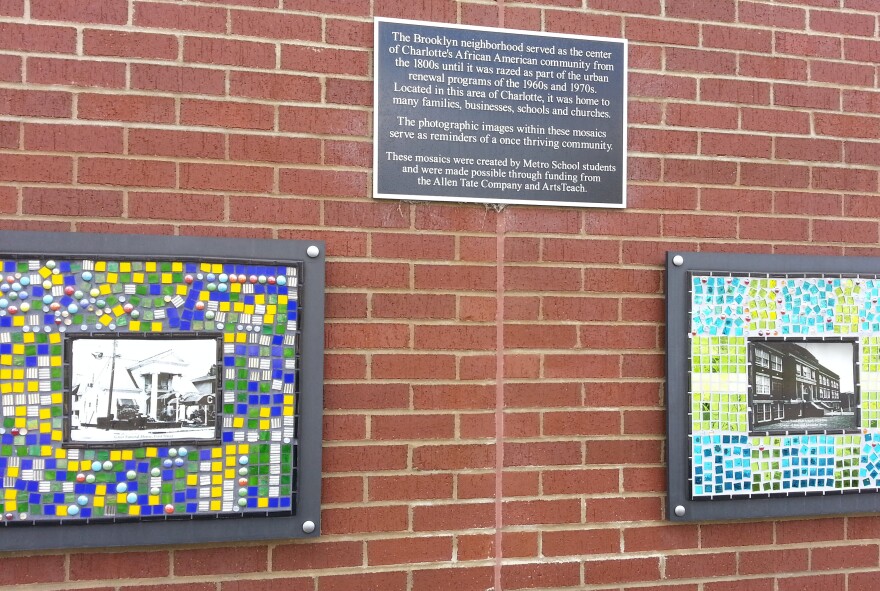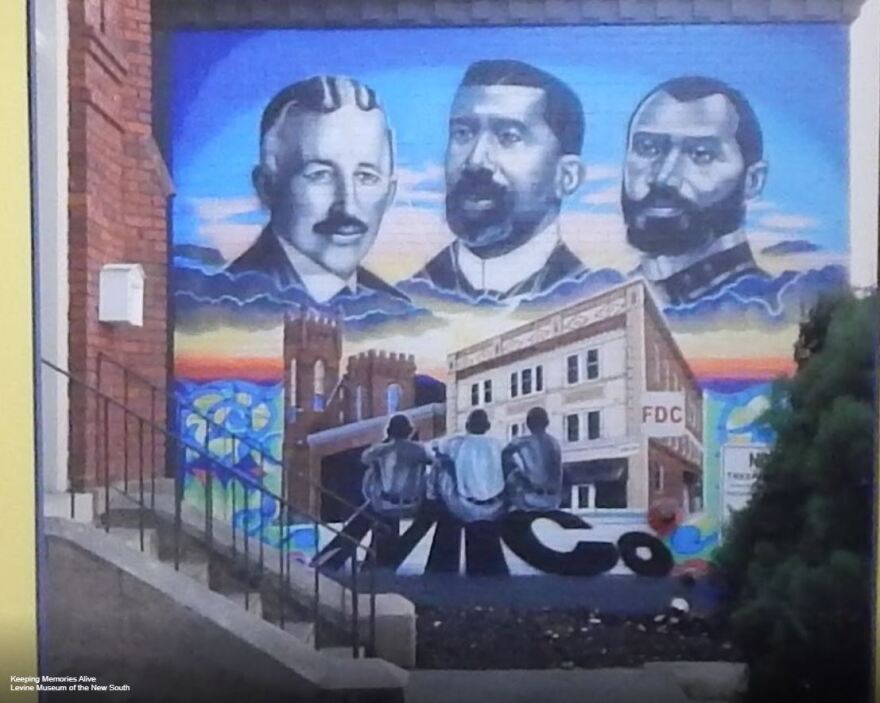Imagine if you could walk through Charlotte’s Brooklyn neighborhood again, gliding past the homes, businesses and churches cleared by urban renewal more than a half-century ago.
That’s the mission of researchers at Johnson C. Smith University, who received a trio of grants to preserve records and histories from several former Black neighborhoods in Charlotte. Their end goal: An virtual reality experience created with historical photos and 3-D models where viewers could experience long-gone neighborhoods.
A combined $307,000 in grant funding was awarded by the Knight Foundation, National Parks Service and National Archives for different stages of the project.
Urban Renewal Wiped Out Brooklyn
The federal urban renewal program bulldozed predominantly Black neighborhoods across the country under the guise of “slum-clearing” during the 1950s, ’60s and ’70s. The process displaced households and businesses, and disrupted opportunities for Black families to accumulate wealth.
“It was destructive and devastating and it’s part of a pattern,” said Brandon Lunsford, a university archivist and digital manager at JCSU.
“It’s part of structural racism. This was how it was designed to go,” he said. “We’re going to show how it played out in Charlotte, and give some real exposure to the mechanisms of how this stuff works.”
In Charlotte, the most infamous example is the former Brooklyn neighborhood in Second Ward, but Greenville and other neighborhoods in the city’s First and Third wards were also displaced, said Tekla Ali Johnson, electronic resources librarian and pilot of the project. City documents indicate between 3,000 and 4,000 people were displaced.

“There was a vibrant community,” Ali Johnson said of the displaced neighborhoods. “Yes, there were some structures that were old, but there was also a vibrant community. Black businesses, Black entrepreneurship, community schools, and just really thriving communities.”
The project, she said, is a tribute to the resiliency of people who have been displaced and transplanted.
In August Charlotte Mayor Vi Lyles apologized for the city’s decision to green-light the program in Brooklyn and elsewhere, amid pushes from some local activists to make more substantial financial investments in Black communities harmed by the practice.
JCSU Researchers are digitizing maps and other planning documents that Charlotte city officials used to justify and execute urban renewal efforts. They will use photographs and oral histories from former residents and others connected to these neighborhoods to round out the sensory experience, Lunsford said.
Researchers will work with counterparts at Duke University’s Digital Humanities Lab and UNC-Charlotte. The project is expected to take upwards of two years. While final renderings are still underway, residents could put on a pair of virtual reality goggles to be transported to the past, or use an online immersive experience like have been created for other cities.
Ali Johnson and Lunsford see parallels to the displacement of Black families and how Charlotte is changing today. When families were expelled from their central city neighborhoods they resettled in neighborhoods like Wesley Heights and Biddleville near JCSU.
Now, residents of those neighborhoods are again under pressure as housing becomes more expensive and new residents move in.
“We can only draw lessons at the present moment from the past,” Ali Johnson said. “For the continued gentrification that’s going on around the country and in Charlotte now, we can gain lessons from it only if we take a look at it.”
This story was produced for the Charlotte Journalism Collaborative, a partnership of six media companies working together in an effort started by the Solutions Journalism Network and funded by The Knight Foundation.
The collaborative includes these six media companies: Q City Metro, WFAE, WCNC-TV, the Charlotte Observer, La Noticia and QNotes, along with several institutional partners, The Charlotte-Mecklenburg Library, Queens University and Free Press.

